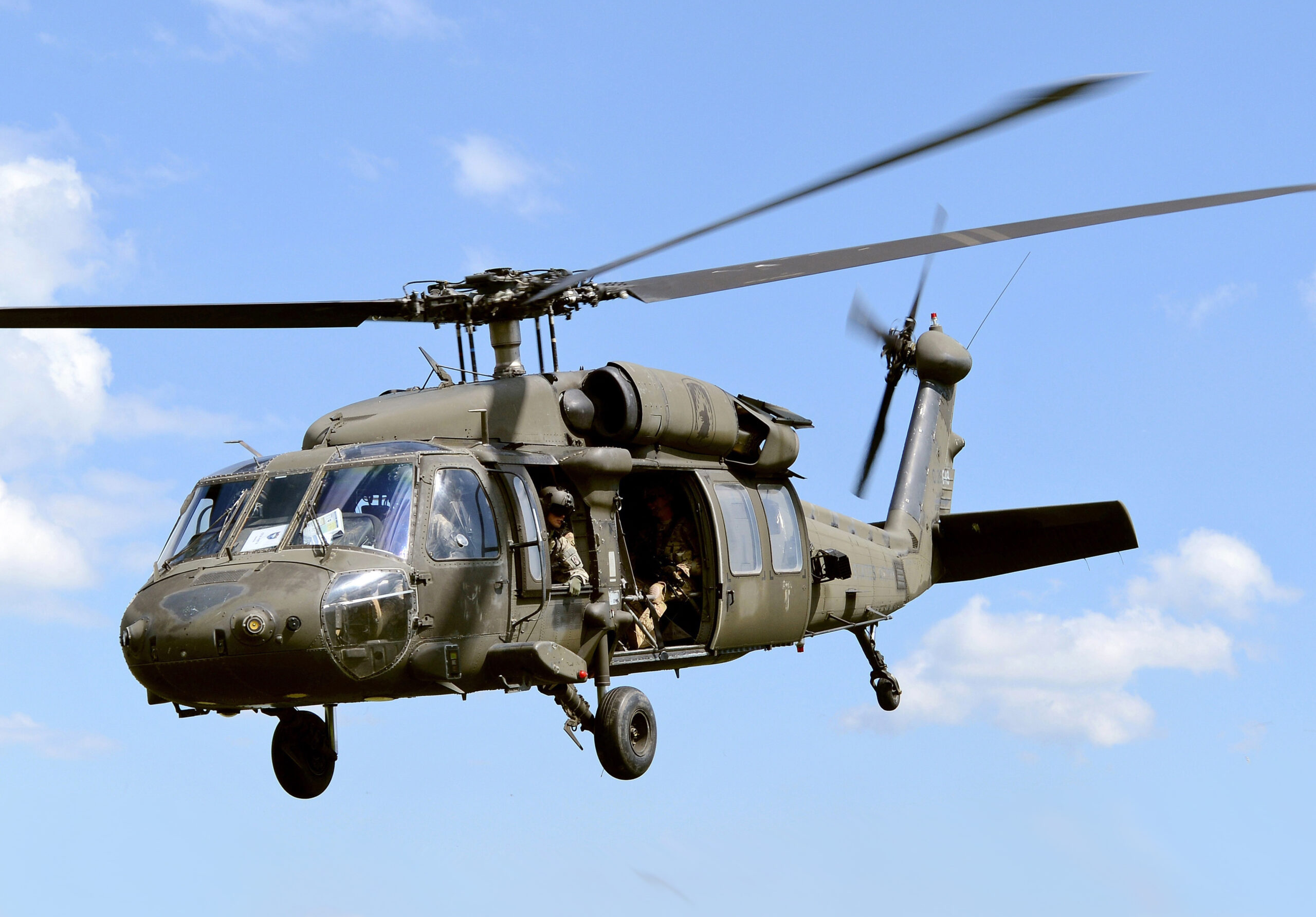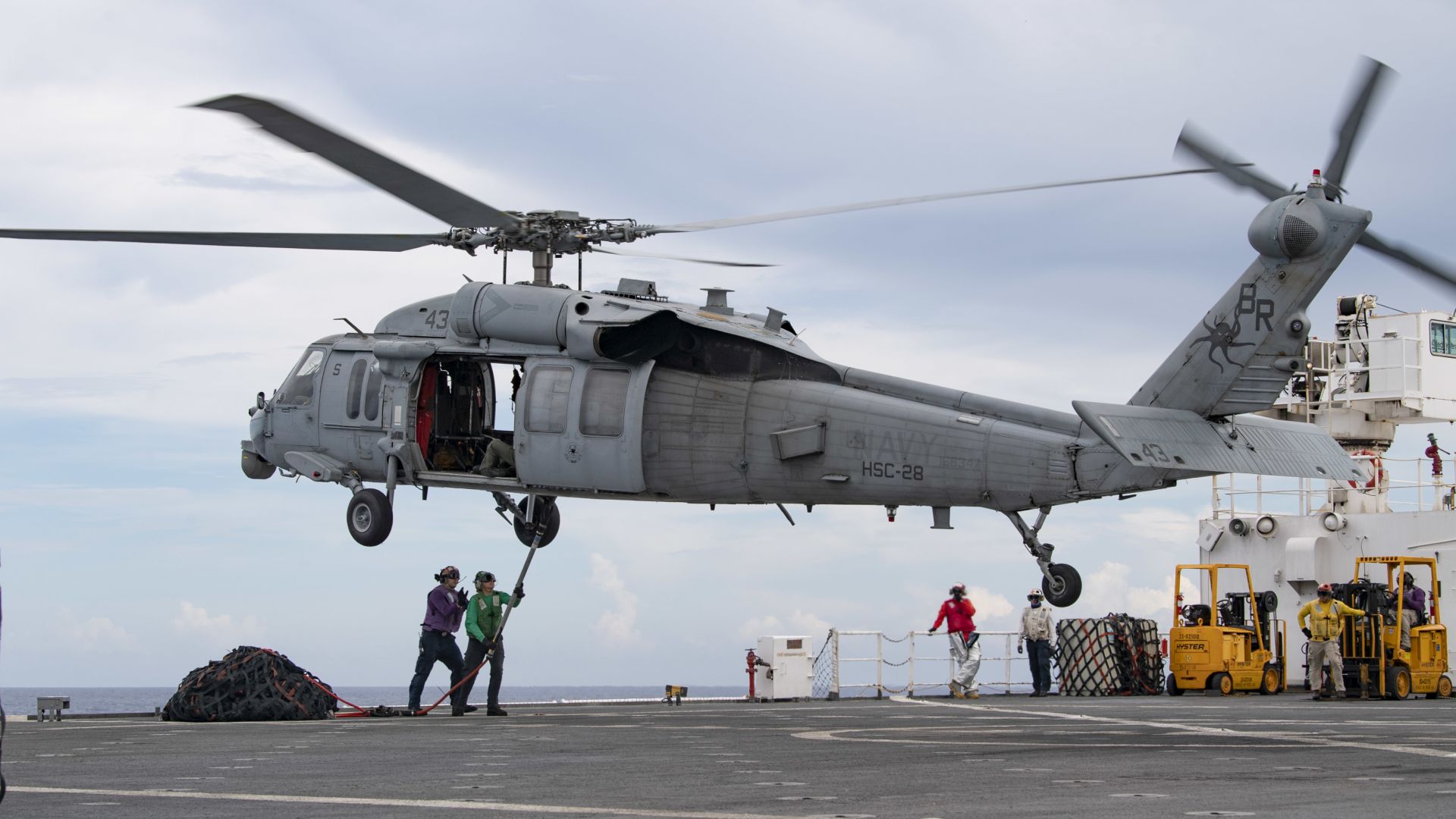The Role of the UH 60 in Combat Zones: Enhancing Mobility and Operational Efficiency
The Role of the UH 60 in Combat Zones: Enhancing Mobility and Operational Efficiency
Blog Article
Discovering the History and Development of the UH 60 Helicopter

Origins of the UH-60
The beginnings of the UH-60 helicopter can be mapped back to the late 1960s, a duration noted by the need for a functional energy aircraft that might adapt to the evolving needs of modern-day war. The U.S. Army recognized the necessity for a replacement for the older UH-1 Iroquois, which was coming to be increasingly poor for the intricacies of contemporary battle situations. In 1967, the Army initiated the Utility Tactical Transport Aircraft System (UTTAS) program, which looked for to establish a multi-role helicopter qualified of numerous goals, consisting of army transportation, medical evacuation, and logistical assistance.
The design competition attracted a number of aerospace makers, but it was Sikorsky Aircraft Company that inevitably protected the contract in 1972. The UH-60 Black Hawk was presented, showcasing ingenious style aspects and progressed modern technology that set it besides its predecessors. Its maiden trip occurred in 1974, and the aircraft was formally embraced by the Army in 1979. The UH-60 rapidly acquired acknowledgment for its durable performance, reliability, and flexibility, leading the way for its comprehensive use in military procedures and strengthening its status as a cornerstone of united state Army air travel.
Key Design Functions
Cutting-edge layout features of the UH-60 Black Hawk considerably contribute to its operational effectiveness. Among one of the most significant aspects is its twin-engine configuration, which enhances dependability and offers a greater power-to-weight proportion, making it possible for the helicopter to do under different problems. The aircraft's four-blade main blades system provides boosted lift and ability to move, necessary for tactical goals.

Additionally, the cockpit is designed for optimal exposure and comfort designs, including advanced avionics that enhance pilot operations. The modular design of the UH-60 permits very easy upkeep and versatility, making it appropriate for numerous goal accounts, from troop transport to medevac procedures. These key style features ensure that the UH-60 Black Hawk continues to be a flexible and reliable possession in military air travel, efficient in satisfying the demands of modern-day warfare.
Technological Innovations
Recent technological improvements in the UH-60 Black Hawk have actually considerably enhanced its functional abilities and versatility. The combination of innovative avionics, such as digital flight control systems and boosted situational understanding screens, allows pilots to run with increased accuracy and performance. These systems promote improved navigating, find more info communication, and information sharing, allowing the helicopter to function properly in varied environments.
Furthermore, the introduction of composite materials has lowered the total weight of the aircraft while maintaining structural stability. This decrease enhances fuel efficiency and expands functional array. The unification of sophisticated rotor modern technology, consisting of the usage of four-blade, totally articulated blades systems, has boosted lift efficiency and ability to move, enabling for much better handling in various trip problems.

Furthermore, advancements in propulsion systems, such as the T700-GE-701D engines, have raised power output and integrity - uh 60. These engines add to premium efficiency in high-altitude and hot-weather conditions
Lastly, the combination of self-defense systems and boosted sensing unit packages enhances the Black Hawk's survivability and objective efficiency. Jointly, these technical renovations guarantee that the UH-60 Black Hawk remains a crucial property in modern-day air travel, efficient in adjusting to the advancing demands of military and altruistic missions.
Role in Military Workflow
As the backbone of united state Army aviation, the UH-60 helicopter plays an essential role in numerous army procedures, acting as a versatile platform for battle support, transport, and medevac click here now goals - uh 60. Its layout incorporates the capability to operate in varied environments, making it vital for army activity and logistical assistance in both traditional and unconventional war

In medical discharge circumstances, the UH-60 has actually shown vital, significantly decreasing the time to transfer damaged soldiers from the field of battle to medical facilities. Its innovative avionics and evening vision capacities further ensure objective success under difficult conditions. Generally, the UH-60 helicopter stays an important possession, continuously adjusting to meet the developing needs of armed forces operations and boosting the performance of U.S. pressures worldwide.
Future of the UH-60
Looking ahead, the future of the UH-60 helicopter involves substantial advancements in modern technology and abilities made to boost its functional effectiveness. As military procedures advance, the UH-60 is expected to integrate sophisticated modern technologies, including improved avionics, enhanced tools systems, and progressed communication devices. These enhancements will certainly enable better situational recognition and objective flexibility, ensuring that the UH-60 remains an important possession on the battlefield.
One significant growth is the integration of fly-by-wire systems, which will boost flight control accuracy and decrease pilot work. Additionally, initiatives to upgrade the airframe and engines intend to increase speed, haul, and array ability, thereby increasing the helicopter's functional extent (uh 60).
The future likewise holds promise for enhanced interoperability with unmanned aerial systems (UAS), allowing coordinated their explanation objectives that utilize both manned and unmanned abilities. In addition, the incorporation of synthetic intelligence and maker learning could maximize trip characteristics and upkeep procedures, resulting in minimized operational prices.
Final Thought
The UH-60 Black Hawk helicopter represents a significant achievement in army aeronautics, advancing from the united state Military's preliminary requirements for a versatile energy airplane. Its cutting-edge style features and continuous technological innovations have ensured its importance in different military operations over the years. As the needs of modern-day warfare change, the future of the UH-60 will likely involve additional enhancements and adaptations, reinforcing its status as an important asset for armed forces worldwide.
The UH-60 Black Hawk helicopter stands for a substantial turning point in military aviation, emerging from the U.S. Military's mission for a more functional and trustworthy energy aircraft in the late 20th century.The origins of the UH-60 helicopter can be traced back to the late 1960s, a duration marked by the requirement for a functional utility airplane that might adapt to the developing demands of modern-day warfare. Overall, the UH-60 helicopter continues to be a crucial possession, continually adapting to satisfy the progressing demands of military operations and boosting the efficiency of United state pressures worldwide.
Looking ahead, the future of the UH-60 helicopter entails considerable improvements in innovation and abilities designed to improve its functional performance.The UH-60 Black Hawk helicopter stands for a substantial achievement in army air travel, progressing from the U.S. Army's initial demands for a flexible energy aircraft.
Report this page